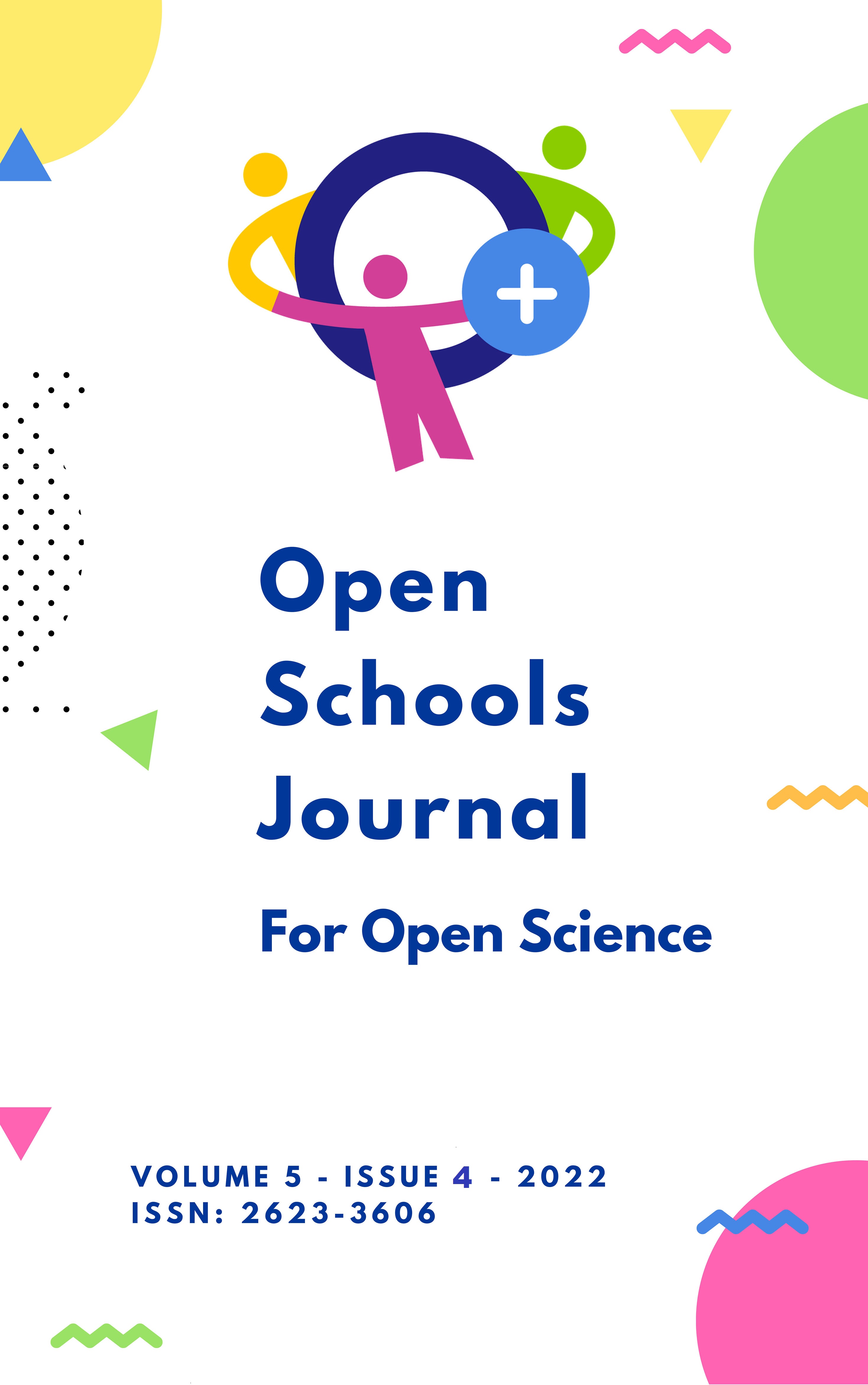THE EFFECT OF PLAY ON SOCIAL AND LINGUISTIC SKILLS OF CHILDREN WITH AUTISM SPECTRUM DISORDER

Abstract
Children who are diagnosed with autism usually have similar problems with linguistic and social skills (making eye contact, starting a dialogue or continuing dialogues…) The main aim of this study is to examine the effect of play in social and linguistic skill development of children diagnosed with Autism Spectrum Disorder (ASD).
In this study, 28 structured and semi-structured interviews were conducted with 27 parents in Izmir, Turkey (a parent had two autistic children). The Turkish translation of the Autism Behavior Checklist (ABC) (Irmak et al., 2007) was directed to the parents twice in the structured interviews in order to compare and contrast the presence of autism symptoms after the diagnosis (before play, over 6 months ago) and after play (present day). In the semi-structured interviews, open-ended questions prepared by the researchers were directed to the parents to capture and document more detailed information about the play process such as the duration and type of play. All interviews were recorded with permission, documents and dates were collected, and informed consent according to the Declaration of Helsinki was received.
Analysis shows an overall decline or disappearance in nearly all attributes in the ABC. Results of the semi-structured interviews demonstrate that most frequently played games were as follows: Traditional and role play/imitation games (hide and seek, blindman’s buff…); make-believe games (house, teaching, hairdressing…) ; athletics (basketball, football…), and educational activities (drawing, card and board games…).
According to the results, play affected the social and linguistic skills of autistic children positively.
Article Details
- How to Cite
-
Secil, I., & Ertan, D. (2022). THE EFFECT OF PLAY ON SOCIAL AND LINGUISTIC SKILLS OF CHILDREN WITH AUTISM SPECTRUM DISORDER. Open Schools Journal for Open Science, 5(4). https://doi.org/10.12681/osj.28389
- Section
- Turkey

This work is licensed under a Creative Commons Attribution-NonCommercial-ShareAlike 4.0 International License.
Authors who publish with this journal agree to the following terms:
Authors retain copyright and grant the journal right of first publication with the work simultaneously licensed under a Creative Commons Attribution licence that allows others to share the work with an acknowledgement of the work's authorship and initial publication in this journal.
Authors are able to enter into separate, additional contractual arrangements for the non-exclusive distribution of the journal's published version of the work (e.g. post it to a repository), with an acknowledgement of its initial publication in this journal.
Authors are permitted and encouraged to post their work online prior to and during the submission process, as it can lead to productive exchanges, as well as earlier and greater citation of published work (See The Effect of Open Access).


